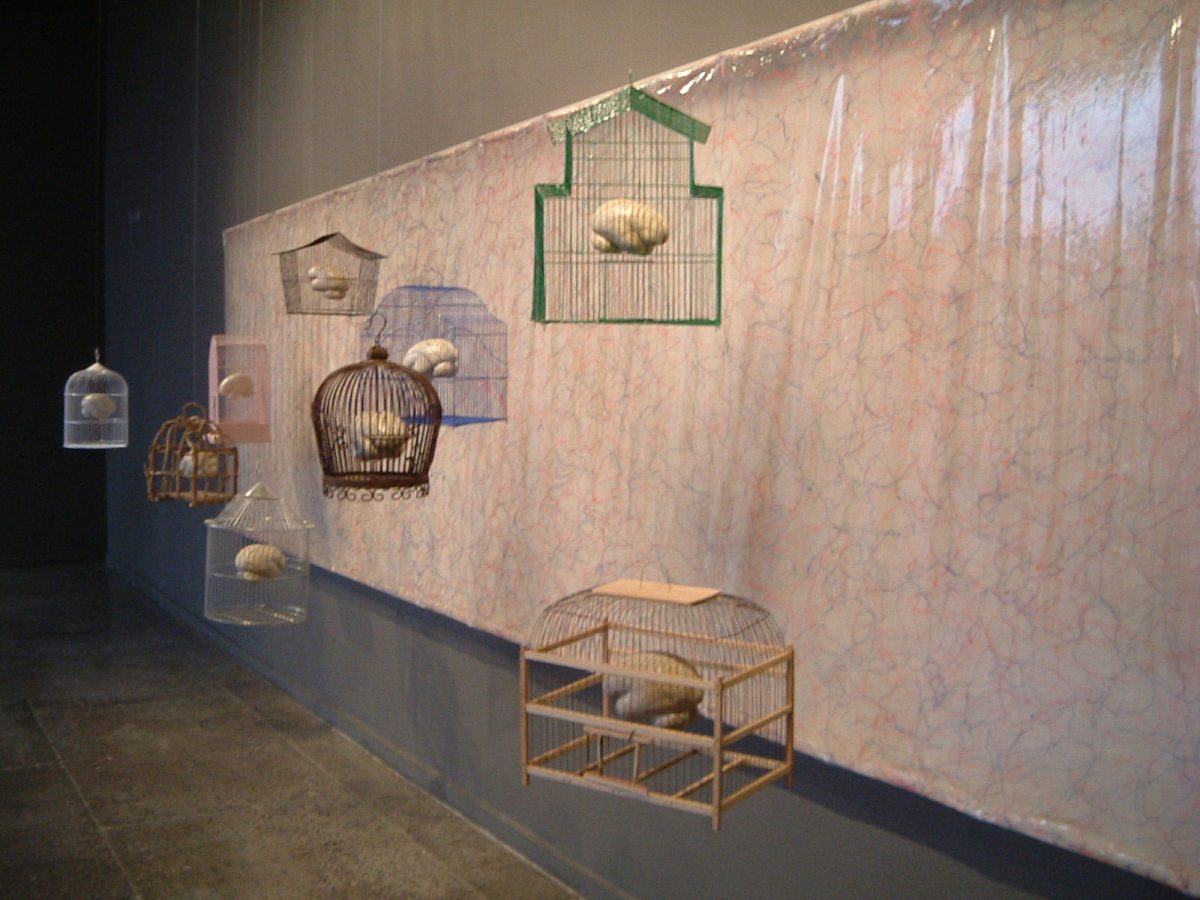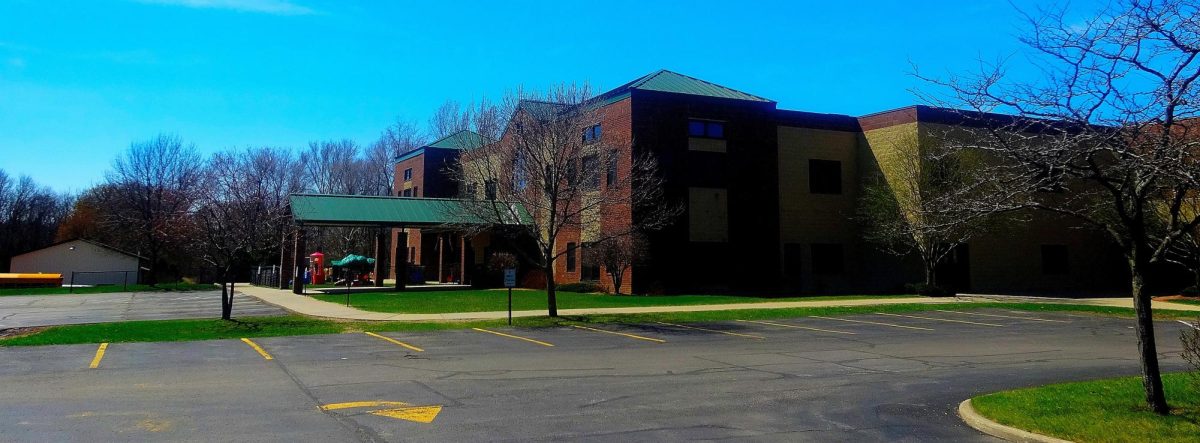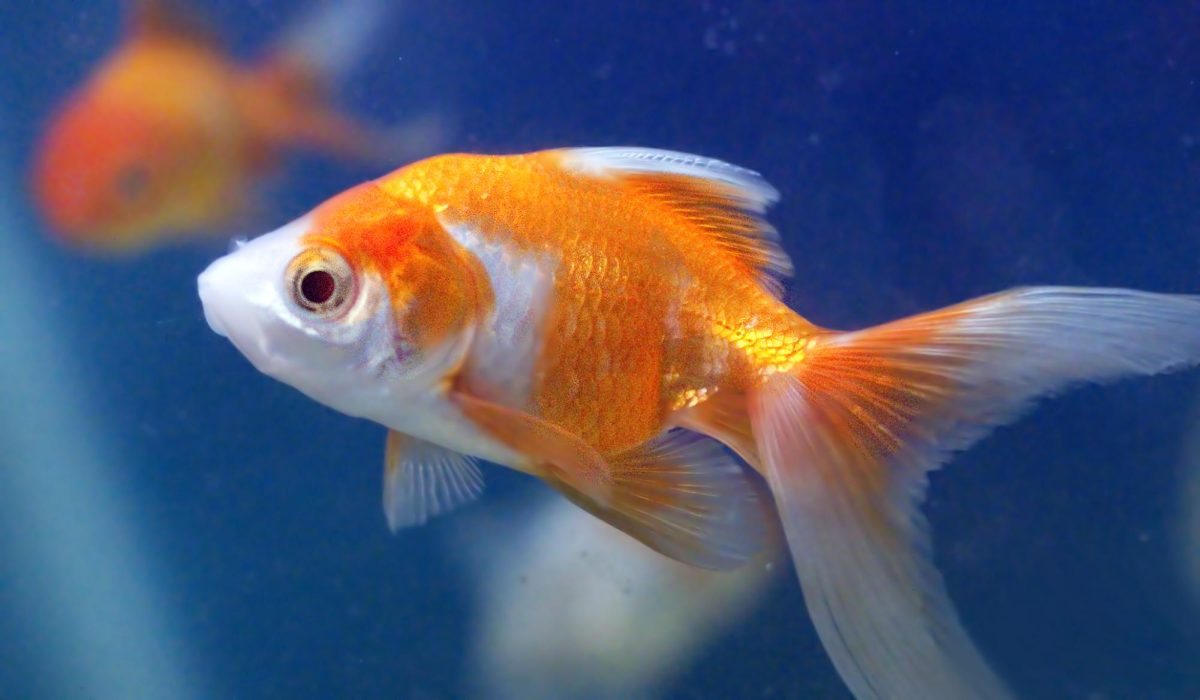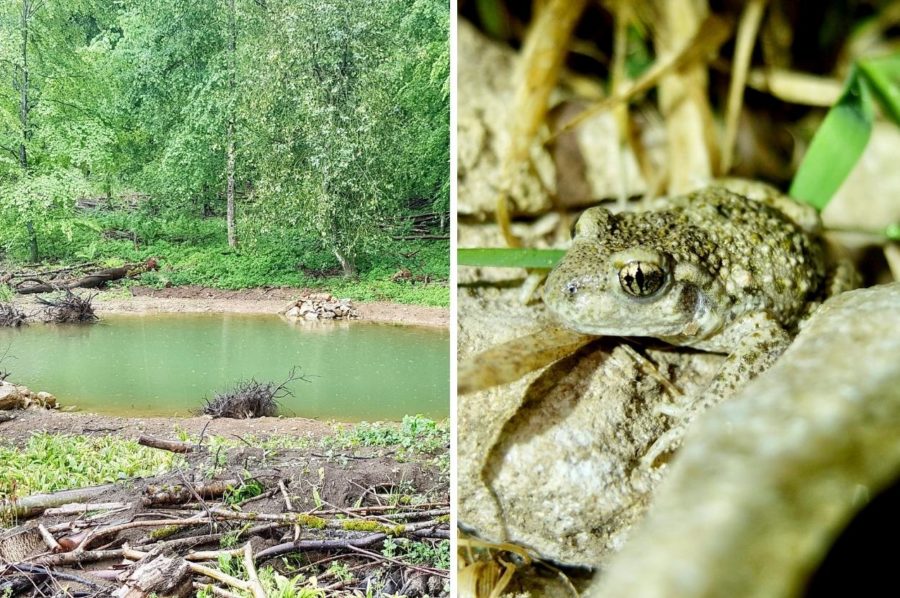Endangered Frog Populations Rebound After Ponds Built in Switzerland
November 22, 2022
Over the past few decades, amphibian populations have been declining on a global scale due to factors such as disease, invasive species, and more human-derived problems, such as urbanization, road construction, and the resultant habitat loss. Seeking to make a difference, in 1999, the Swiss canton of Aargau decided to begin a large conservation effort. Although Aargau already had powerful protective laws for toads, frogs, newts, and other amphibians, initiating a project was perceived as necessary to counteract the continuous decline of frog populations in the region. Thus, a 20-year program began, with a massive effort of non-profit organizations, state authorities, local landowners, and volunteers. 422 new ponds for amphibians were created across five different regions of Aargau.
These new ponds were highly necessary to sustain the frog populations, as the environment, created by offshoots of slow-moving river bends, enables growth. This was especially critical considering the fact that old ponds had become crowded, with both more predators, which target tadpoles, and denser plant growth in certain areas. Additionally, even old ponds were being threatened, as the little non-urban area of Switzerland that isn’t covered in roads is farmed, leaving little room for frog populations to thrive. In creating new ponds, involving small water patches surrounded by specific trees and shrubs, biologists involved hoped that the frogs would migrate, giving them more space for population growth.
The results of 20 years of effort in creating new habitats ended up paying off. New data and research provided in the Proceedings of the National Academy of Science, have shown that, out of the eight different endangered species being studied, 52% of the types had population increases, with a full 32% returning to the stable category. More specifically, a type of frog that had a particular emphasis on it was the European tree frog. The small, bright green amphibian preferred to live in shallow floodplain ponds, although also had a unique characteristic of being able to migrate particularly well, jumping between shrubs and trees up to a few miles. Habitat loss had affected the species greatly, as, in Reusstal, the European tree frog was only found in 16 locations, compared to the 77 places in 2019.
Now, scientists will continue to manage the ponds, ensuring that the species survive by removing excess vegetation, and through occasional drainage to kill off threatening predator larvae. Still, the results so far have been excellent as, according to Dr. Helen Moor, the lead author of this study, “Habitat loss is one of the main problems, and just by addressing that we could see the difference it made, and begin the recovery of these species.” Given the success of this 20-year initiative in Aargau, Dr. Moor is hopeful that other landowners in the area will give conservation a try, creating ponds for frogs and other amphibians needing diverse habitats.



















































